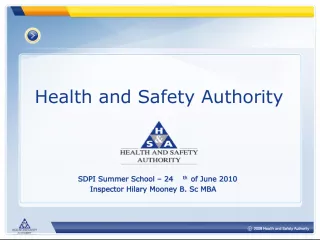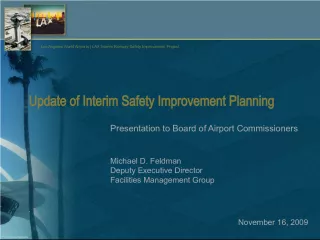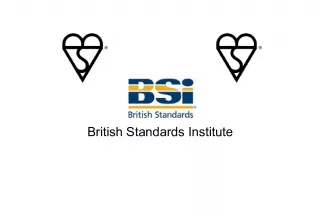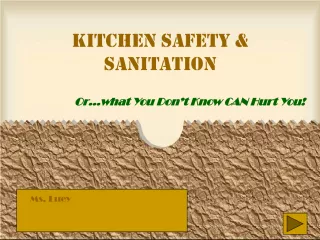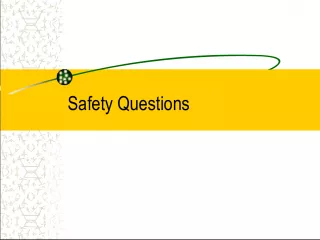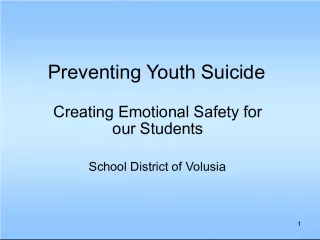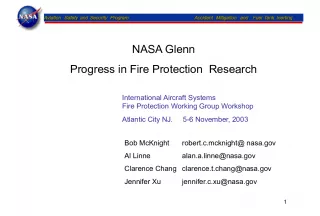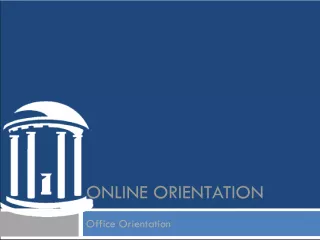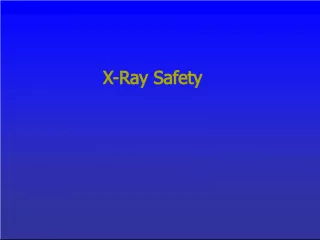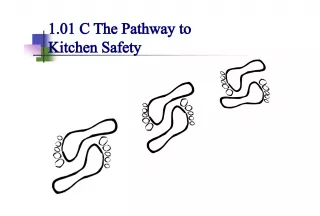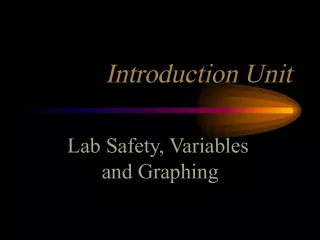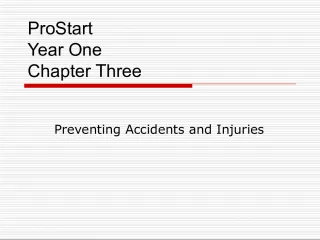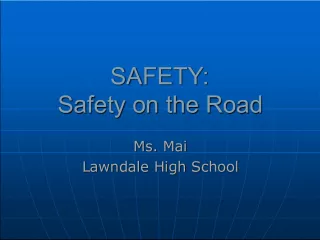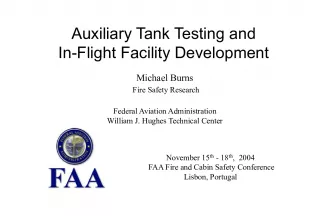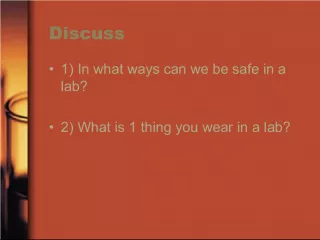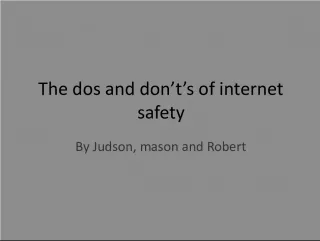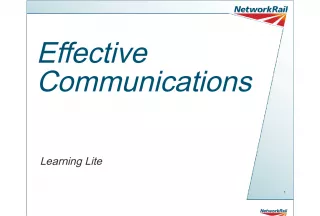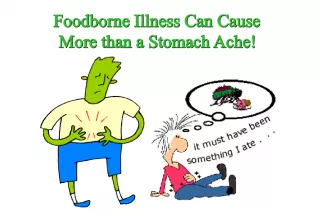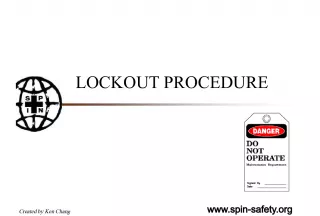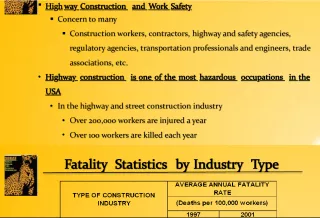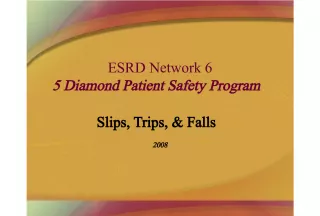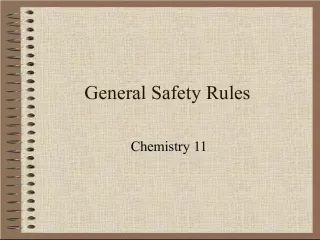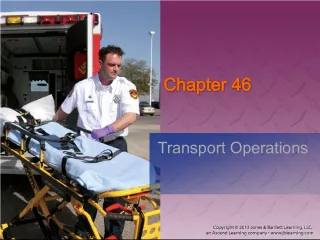Signs of Safety: Building Safety through Partnership with Parents
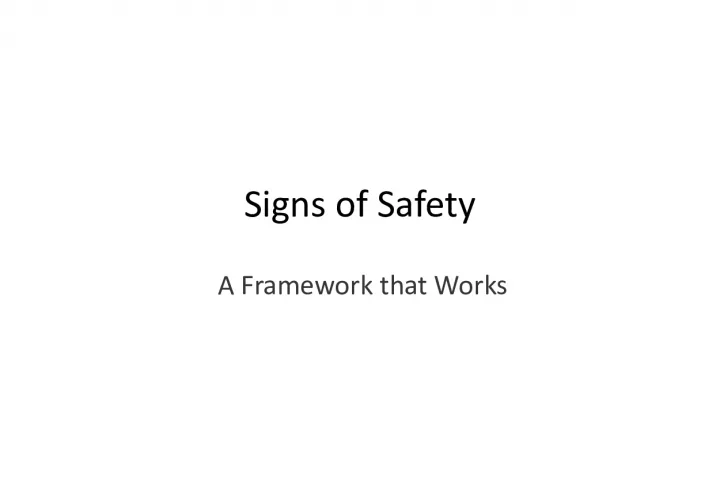

This article explores the Signs of Safety framework for child protection professionals to engage with parents and build safety in cases of suspected or substantiated child maltreatment. The framework emphasizes a questioning approach rooted in solution-focused brief therapy to facilitate change.
- Uploaded on | 2 Views
-
 emilnielsen
emilnielsen
About Signs of Safety: Building Safety through Partnership with Parents
PowerPoint presentation about 'Signs of Safety: Building Safety through Partnership with Parents'. This presentation describes the topic on This article explores the Signs of Safety framework for child protection professionals to engage with parents and build safety in cases of suspected or substantiated child maltreatment. The framework emphasizes a questioning approach rooted in solution-focused brief therapy to facilitate change.. The key topics included in this slideshow are Signs of Safety, child protection, partnership, parent engagement, questioning approach,. Download this presentation absolutely free.
Presentation Transcript
1. Signs of Safety A Framework that Works
2. How can child protection professionals actually build partnerships with parents where there is suspected or substantiated child maltreatment? There is a perceived struggle between family engagement and the agencys responsibility for child safety. The Signs of Safety is a framework for building safety through engagement.
3. ABOVE ALL, ITS A QUESTIONING APPROACH With roots in solution-focused brief therapy, the Signs of Safety demonstrates the notion of the interview as a forum for change.
4. Pay Close Attention to Language Child welfare involved families often report that their workers speak in language they dont understand. Workers that use professional jargon and general, diagnostic terms come across as paternalistic and prescriptive. It is important to use plain, behaviorally- specific language; language the family and its network can clearly understand.
5. Types of Questions Relationship questions: What would your sister say is your biggest strength as a parent? Exception questions: Have there been times when you felt like blowing up, but instead you stayed calm? Coping questions: What have you done to keep it from getting worse?
6. More Types of Questions Goal formation/preferred future questions: What would be the first sign that you were making progress? Support/network identification questions: Who is the first person you would call if you were in some kind of trouble? These become critical in helping family develop systems of support. Scaling questions: First, define what the goalposts of 0-10 represent, then ask person to rate within that scale.
7. Using the Safety Scale Questions. On a scale of 0 to 10 where 10 means everyone knows the children are safe enough for the child protection authorities to close the case and zero means things are so bad for the children they cant live at home where do you rate this situation? What makes it that for you? What else?
8. Signs of Safety Map Insert Map here.
9. Supervision and the Parallel Process Breaking from the story model to the questioning approach to supervision. When supervisors model a questioning approach, vs. prescriptive approach, workers will in turn use good questions with families instead of simply telling them what they need to do. Supervisors can use the map to help workers think their way into and through a child protection case.
10. Questions to Build Harm and Danger Statements What are the worries about the children that gets our agency involved in this case? Incidence How often has the harm occurred over time? Severity How bad has the harm been in its impact on the child? Safety Scale Judgment - 0-10 worry about future harm? How would others rate the worry?
11. Questions to Identify/Build Support Network Start with simple genogram that includes identified support persons. Who listens to you when you need someone to talk to? Who is the first person you share good or bad news with? When you need advice who do you go to? Lots more at http://www.wifamilyties.org
12. Moving from Danger Statements to Safety Goals and Plans What would need to happen to address worries to the point where it is safe enough to close case? The safety plan must be constructed relative to clearly identified and commonly understood dangers. The safety plan must describe specific behaviors that address the dangers The safety plan must be developed, refined and implemented successively and over time.
13. Safety Plans, cont.. The safety plan must be endorsed by the statutory authorities involved in the case. The safety plan must involve everyone in the family and as wide a network as possible. In this way the family and professionals are implementing the definition of safety as Strengths, demonstrated as protection over time.
14. Questions??
